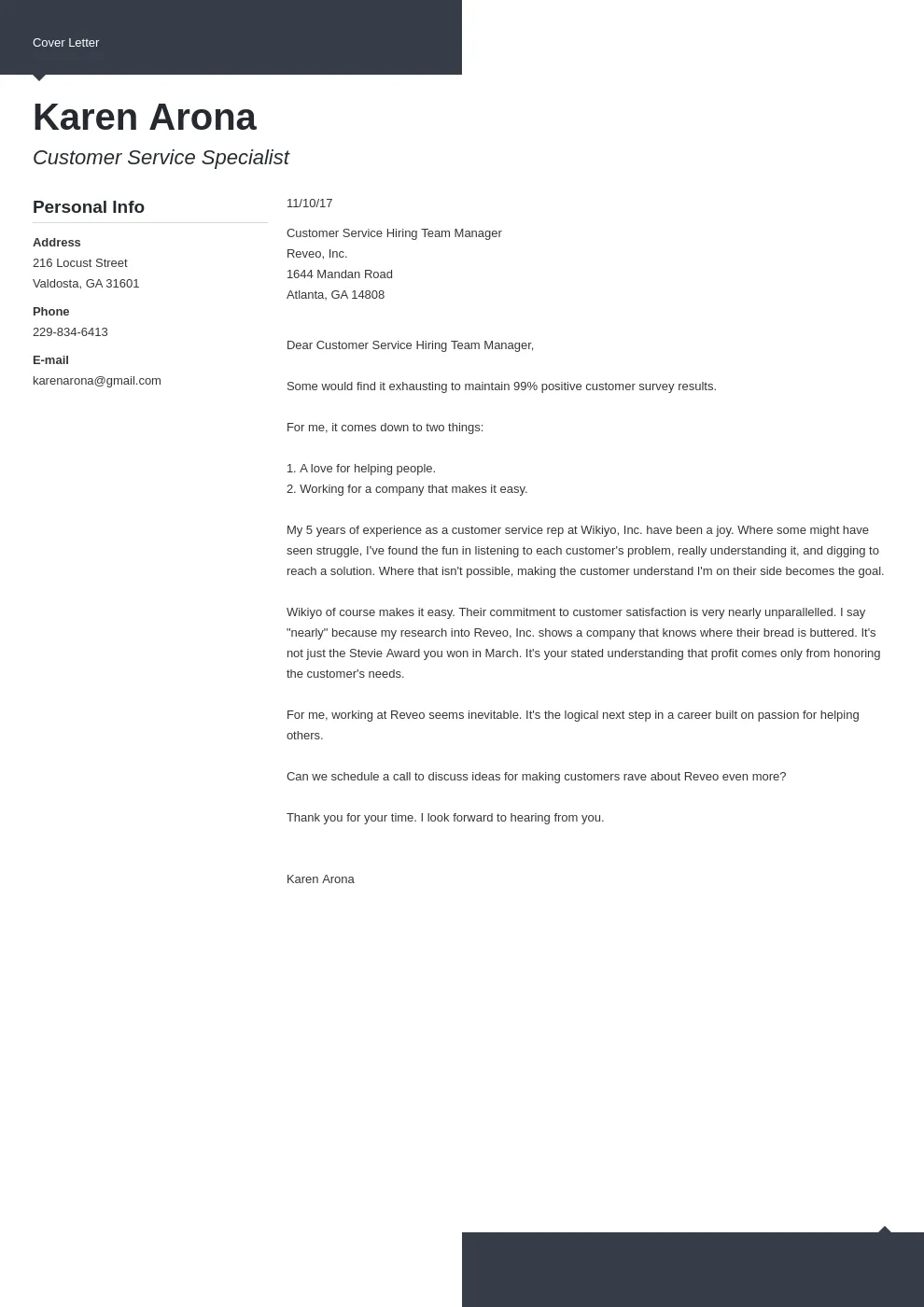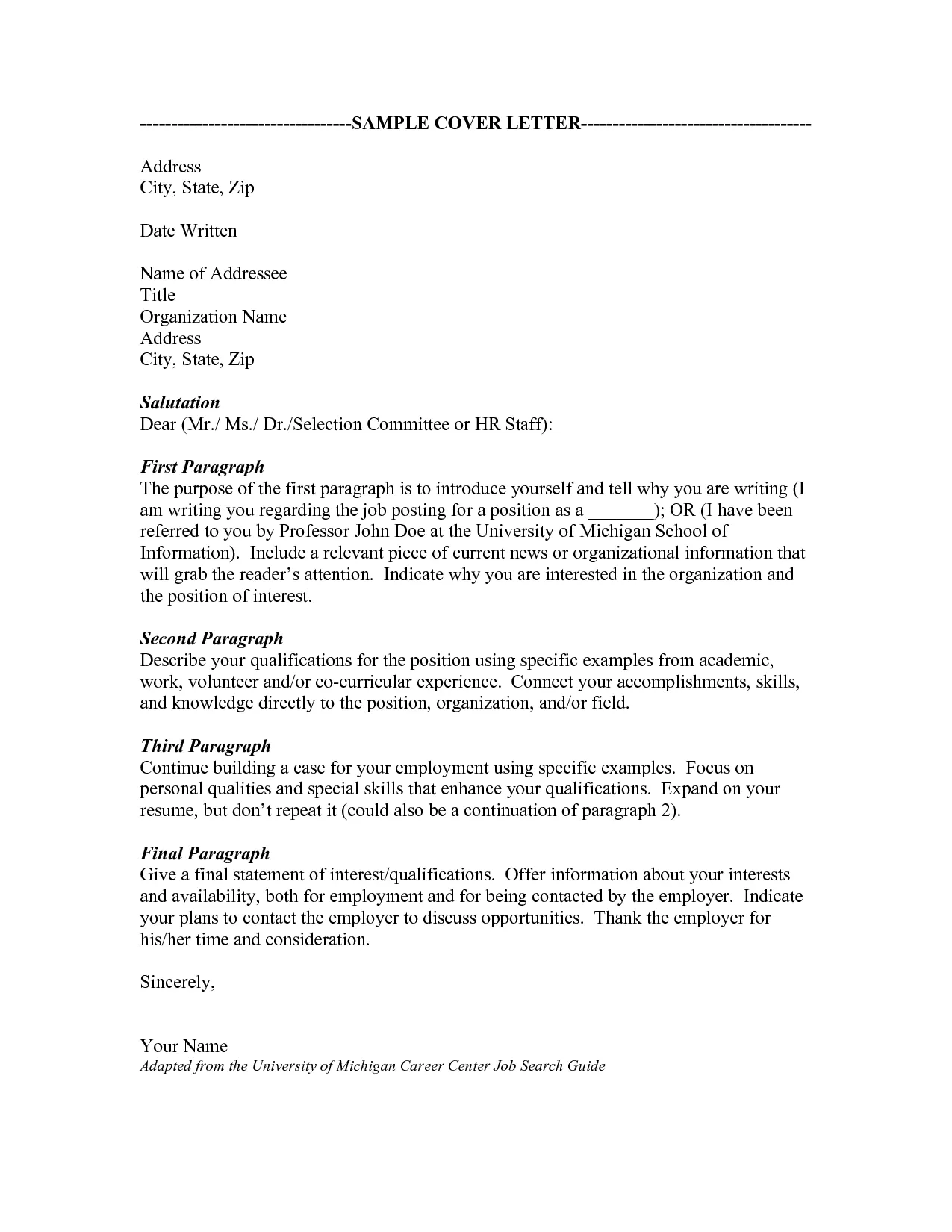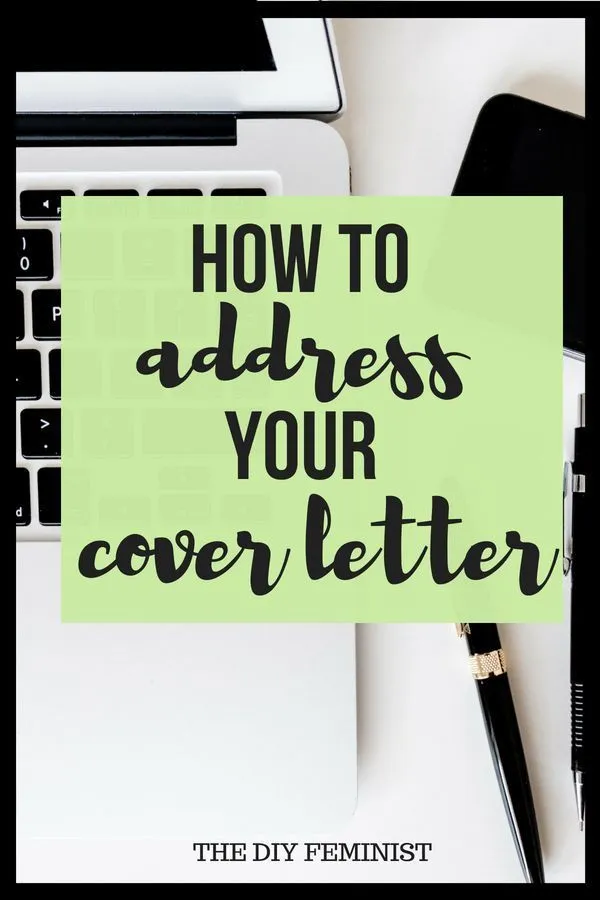Understanding the Importance of Addressing a Cover Letter
The way you address a cover letter may seem like a minor detail, but it plays a significant role in shaping a potential employer’s first impression of you. In the competitive world of job applications, every element counts, and a well-addressed cover letter can make the difference between your application landing in the ‘yes’ pile or the ’no’ pile. It demonstrates attention to detail, respect for the recipient, and a level of professionalism that can significantly boost your chances of getting noticed. By taking the time to properly address your cover letter, you signal to the hiring manager that you are serious about the opportunity and have taken the effort to personalize your application.
Why Addressing Matters
Addressing a cover letter correctly goes beyond mere etiquette; it’s about showing respect and demonstrating that you’ve put in the necessary effort to learn about the company and the specific role. A generic or poorly addressed cover letter can suggest that you’re sending out mass applications without tailoring your message to the specific opportunity or the company. This, in turn, can make you appear less interested or less qualified. In a hiring process where employers often have to sift through numerous applications, a well-addressed letter helps your application stand out as one that has been thoughtfully prepared, increasing your chances of further consideration.
Impact on First Impressions

First impressions are crucial in any professional setting, and your cover letter serves as the initial introduction to a potential employer. The way you address the letter sets the tone for the entire document and the impression you create. A properly addressed letter shows that you’ve taken the time to understand the company’s culture and the role you’re applying for. It demonstrates that you’re not just sending a generic application but that you’re genuinely interested in the position and the organization. This small detail can make a significant impact and increase your chances of securing an interview.
Avoiding Common Mistakes
Several common mistakes can undermine the effectiveness of your cover letter address. Using outdated or generic salutations, such as ‘To Whom It May Concern’ or ‘Dear Sir/Madam’, indicates a lack of effort and personalization. Misspelling the recipient’s name, or addressing the letter to the wrong person altogether, immediately reflects negatively on your attention to detail. Failing to research and find the hiring manager’s name, when possible, is another common mistake. These errors, no matter how small, can create the impression that you haven’t taken the time to properly research the opportunity or customize your application. Avoid these pitfalls by double-checking every detail before submitting your cover letter.
Best Practices for Salutations
Choosing the right salutation is key to setting the right tone for your cover letter. The goal is to be professional, respectful, and personalized, making the hiring manager feel like you’re genuinely interested in the role. Start with a greeting that reflects this, and try to avoid overly formal or casual language. Your choice of salutation can greatly impact the perception of your cover letter, making it vital to choose the most appropriate one.
Using the Hiring Manager’s Name

The most effective way to start a cover letter is by addressing the hiring manager by name. This shows that you’ve done your research and are genuinely interested in the opportunity. It also creates a more personal connection, helping you stand out from the competition. Whenever possible, find the hiring manager’s name and use it. This demonstrates your effort and attention to detail, showing the hiring manager you’ve invested time in preparing your application. ‘Dear Mr. /Ms. [Last Name]’ is the standard format.
How to Find the Hiring Manager’s Name
Finding the hiring manager’s name might require some effort, but the payoff is worth it. Start by checking the job posting itself; sometimes, the contact person is listed there. If not, visit the company’s website, specifically the ‘About Us’ or ‘Contact’ sections, to see if you can find names or contact information related to the hiring process. LinkedIn is another valuable resource; search for the company and look for individuals in the HR department or those holding relevant titles. If you still can’t find a name, consider contacting the company directly via phone or email to inquire. Make sure your inquiry is polite and professional.
When to Use ‘Dear Hiring Manager’
If you’re unable to find the hiring manager’s name, ‘Dear Hiring Manager’ is the next best option. This is a professional and acceptable alternative, particularly if you’ve exhausted all other avenues. While less personal than using a specific name, it still demonstrates respect and acknowledges the individual in charge of reviewing your application. This salutation is generally preferred over more generic options like ‘To Whom It May Concern’ because it directly addresses the person responsible for making hiring decisions. However, always try to find a name first before resorting to this.
Alternatives to ‘Dear Hiring Manager’

While ‘Dear Hiring Manager’ is a solid choice, you have other options. If you know the department but not the specific person, consider ‘Dear [Department Name] Hiring Team’ or ‘Dear [Department Name] Team’. If the job posting provides a specific title or contact person (e.g., ‘Dear Recruiter’), use that. When tailoring your address, consider the company’s culture; in more informal environments, a less formal salutation might be appropriate, though caution is always advised. Always maintain a level of professionalism to avoid misunderstanding.
Formatting the Address
Proper formatting is essential for a professional cover letter. This encompasses both the salutation and the overall layout of the address. Consistent and clear formatting makes your cover letter easy to read and demonstrates attention to detail. Poor formatting can distract the reader and make it harder for them to focus on your qualifications, while good formatting complements the content and makes a positive impression.
Alignment and Placement
In terms of alignment, the salutation should typically align with the rest of your letter. Left alignment is the standard and preferred method. Ensure there is appropriate spacing between the salutation, the body of the letter, and your closing. The placement of the address should be at the beginning of your cover letter, following your contact information. Consistency in layout enhances readability and professionalism. Avoid centering the salutation unless it’s a style requirement within your company.
Font and Style Considerations

When choosing a font, select a professional and easy-to-read option like Times New Roman, Arial, or Calibri. The font size should be between 10 and 12 points. Bold or italicize the salutation can make it stand out but use it sparingly. Use a font that is consistent with the rest of your application materials. Ensure that the overall style aligns with the company’s brand; if you’re unsure, stick to standard, clean fonts and styles. This attention to detail ensures your cover letter looks polished and professional.
Addressing Specific Situations
Different circumstances may require slightly different approaches to addressing your cover letter. Depending on how you apply, the format may vary. It is important to be prepared for any situation and adjust accordingly to maintain professionalism and make a positive impression.
Addressing a Cover Letter for Online Applications
Online applications often have specific fields for cover letters, but the fundamental principles of addressing remain the same. If the application system allows, use the hiring manager’s name, and if not, use ‘Dear Hiring Manager’. Adapt the formatting to fit the system’s requirements. Keep in mind that many online systems strip out formatting, so keep your address concise and clear. When pasting your cover letter, ensure the salutation doesn’t get separated or misaligned. Take a moment to proofread and preview the application to verify that everything is formatted correctly before submitting.
Addressing a Cover Letter when the Name is Unknown

If you can’t find the hiring manager’s name after thorough research, you’ll use ‘Dear Hiring Manager’ or a similar option. Prioritize finding a name, but if it proves impossible, it’s acceptable to proceed with a general greeting. When the name is unknown, focus on making the body of your letter even more compelling to compensate for the lack of personalization in your address. Highlight your skills and experiences that align with the job requirements and explain why you’re a strong fit for the role and the company. It shows the recruiter that you have taken the time and effort to ensure your cover letter is properly suited to them.
Addressing a Cover Letter to a Specific Department
Sometimes, you might apply to a specific department rather than an individual. In this case, address your letter to the department. For instance, ‘Dear Human Resources Department’ or ‘Dear Marketing Team’. Research the department to identify the specific team and address it accordingly. Make sure you are using the correct department name to avoid any confusion or errors. If there’s a team lead or manager listed on the job posting or company website, use their name. This level of specificity shows that you’ve done your homework and are eager to join the department.
Proofreading and Final Checks
Proofreading is a critical step in ensuring your cover letter makes the right impression. This is especially true when it comes to the address, as any errors can immediately undermine your credibility. A thorough review for accuracy and professionalism can prevent mistakes and boost your chances of a positive outcome. Taking the time to review your cover letter can save you from potential embarrassment and increase your chances of landing an interview.
Ensuring Accuracy
Double-check the spelling of the recipient’s name and the correct company name. Verify the accuracy of the job title. Use spell-check and grammar-check tools, but don’t rely solely on them. Read the letter aloud to catch any errors that you might miss when reading silently. Ask a friend or family member to proofread your letter; a fresh pair of eyes can often spot mistakes that you’ve overlooked. Accuracy builds trust and indicates professionalism.
Checking for Professionalism
Beyond accuracy, consider the overall tone and professionalism of your address. Make sure your salutation is appropriate for the company culture and the specific job. Ensure that your address reflects respect and courtesy. Review the entire cover letter to ensure it is free of jargon and reflects your personal brand. A polished and professional cover letter is more likely to make a positive impression and increase your chances of getting an interview.
In conclusion, addressing a cover letter correctly is a small but significant step in your job application process. By paying attention to the details and following these guidelines, you can significantly improve your chances of making a great first impression and securing an interview. Good luck with your job search!
